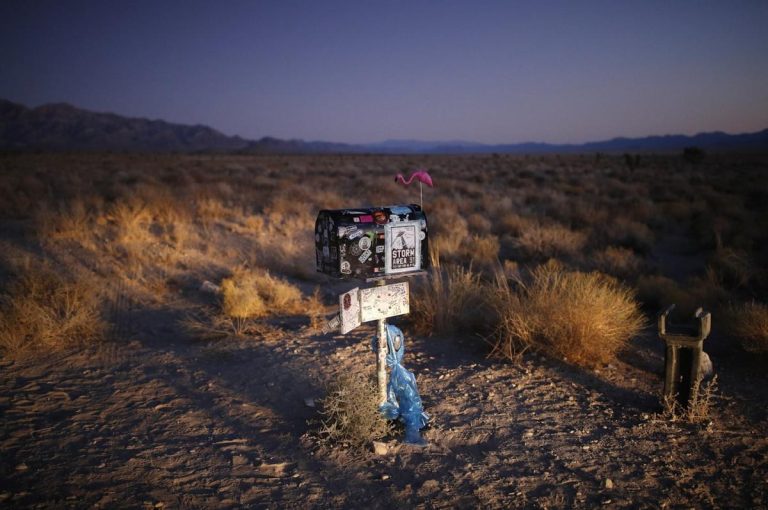Uncommon Curriculum: Delving into the Paranormal Through a Sociological Lens
In an era captivated by unexplained phenomena and conspiracy theories, Jeb Card, an archaeologist at Miami University, has crafted a unique course titled "Investigating the Paranormal." This course ventures beyond the sensationalism often associated with paranormal topics and delves into their sociocultural roots, exploring how these beliefs intersect with history, science, and the ever-evolving landscape of information. Card’s fascination with the paranormal, coupled with his expertise in archaeology and cultural anthropology, provides a rich foundation for this unconventional academic exploration. His book, “Spooky Archaeology: Myth and the Science of the Past,” explores the intriguing prevalence of archaeological themes within paranormal and conspiracy narratives, highlighting the complex relationship between established knowledge and the allure of the unknown.
The course traverses a historical timeline, beginning with premodern concepts of magic, myth, and metaphysics, challenging the conventional narrative of the Enlightenment as a clean break from supernatural thinking. Card highlights the emergence of a paranormal worldview alongside the rise of empirical science in the 17th through 19th centuries. This parallel development involved theories of a hidden reality beyond the material, encompassing everything from mythical creatures to psychic abilities. Importantly, proponents of these paranormal ideas often attempted to utilize scientific methodologies to validate their claims, albeit falling short of rigorous scientific standards. This inherent tension between the paranormal and the established scientific worldview underscores the course’s central theme: the paranormal simultaneously challenges and attempts to leverage the principles of modernity.
The 20th century witnessed the rise of specialized fields like parapsychology, cryptozoology, and UFOlogy. Each of these disciplines grappled with the enigmatic, attempting to apply scientific principles to the investigation of phenomena outside conventional understanding. Parapsychology explored consciousness beyond the material realm, while cryptozoology searched for legendary creatures, and UFOlogy compiled alleged encounters with extraterrestrial technology and beings. Card’s course analyzes the historical context surrounding these fields, particularly the Cold War era, when anxieties about advanced technology and global conflict fueled public fascination with the unknown.
As the course progresses, it examines the decline in the cultural authority of science following the Cold War, coinciding with a shift in focus within paranormal communities. Proving the existence of paranormal phenomena to institutional scientists became less central than disseminating these beliefs to a wider public. This shift reflects the changing dynamics of information dissemination and the growing influence of alternative media.
The relevance of Card’s course is amplified by the increasing prevalence of conspiracy theories in contemporary society. Both paranormal beliefs and conspiracy theories share a common thread: the claim to possess hidden knowledge. However, modern conspiracy theories have become increasingly interwoven with paranormal ideas, transcending the primarily materialist focus of earlier conspiracy narratives. Conspiracy theories now often incorporate elements of the supernatural, involving secret societies, mystical symbols, demonic forces, and extraterrestrial intervention. This intertwining of the paranormal and conspiracy theories underscores the importance of critical thinking and evidence-based analysis in navigating the complex information landscape.
A crucial lesson emphasized in the course is the imperative to evaluate evidence objectively, irrespective of personal biases. Card observes that students often struggle to approach evidence without preconceived notions, either consciously or unconsciously. The course encourages students to develop the ability to analyze information critically, recognizing the influence of historical, cultural, and institutional factors on belief systems. Through case studies such as the Loch Ness Monster and Bigfoot, students learn to differentiate between anecdotal accounts and verifiable evidence, recognizing that not all narratives are equally substantiated.
Ultimately, "Investigating the Paranormal" equips students with the skills to discern credible information from unreliable sources. The course fosters critical thinking, not only as a defense against misinformation but also as a tool for comprehending the complex forces that shape belief systems. Students practice evaluating evidence while developing an understanding of the historical, cultural, and institutional influences that contribute to what people accept as truth. This comprehensive approach prepares students to navigate the increasingly intricate world of information and critically engage with the persistent fascination surrounding the paranormal.


